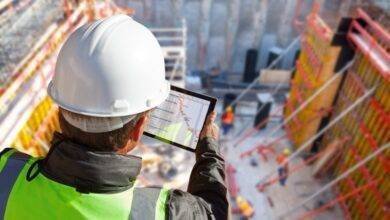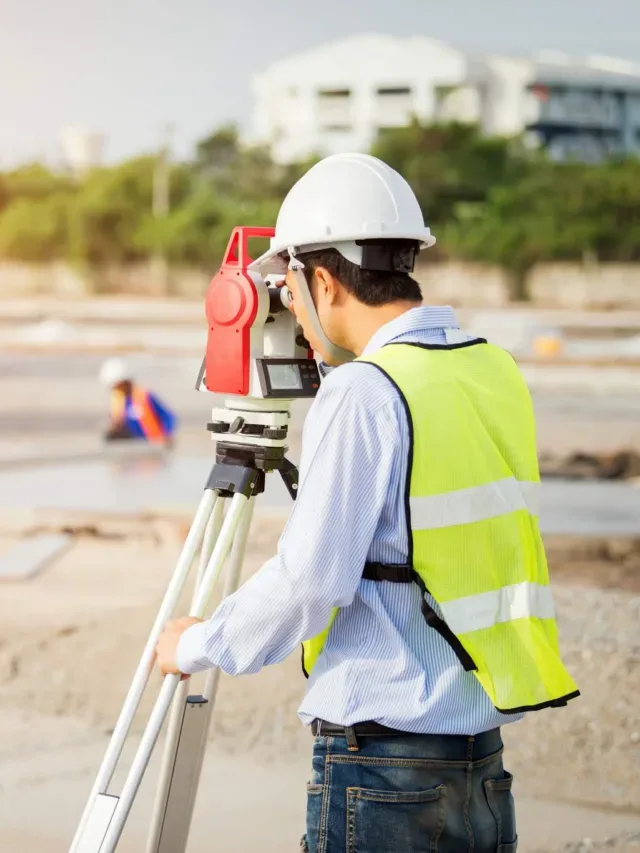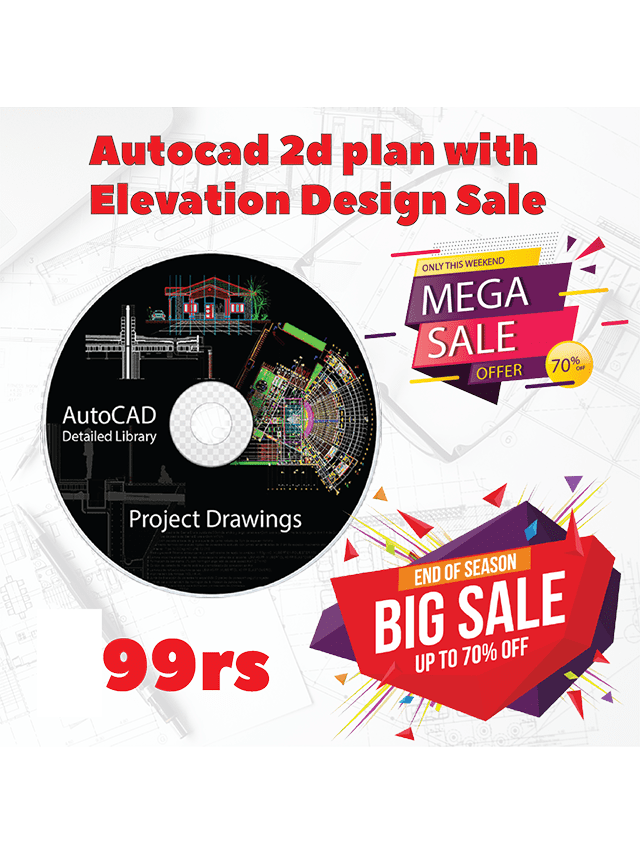Prefabricated Construction Growth and Development

Prefabricated Construction Growth and Development
The concept of prefab property is growing at a rapid pace. Prefabricated homes have become a popular choice among builders these days.Prefabricated construction is sometimes thought of as a low-end and
There are various reasons for the growing popularity of prefab homes, one of the benefits being faster build time
From a mere 1 percent of the $100 billion real estate market, things are poised for change. Set against moderate real estate growth, prefab construction is expected to see a surge in the country owing to re-duced construction time and overall lower costs.

Many players have entered the field, some in tie-ups with big global names. Investment on prefab facilities with capacities of building more than 1.5 croresqfeet annually now allows firms to erect high rises within a year. Besides commercial buildings required for the 100 odd smart cities planned in India, the technology has huge implications for low-cost housing. The government has ambitious plans to provide housing for 30 million by 2022.It was in 2012 that an Indian company made news by building a
10-storey structure in Chandigarh in Mohaliin two days. It used a method where expanded polystyrene was inserted between two steel meshes to make panels. These panels then had concrete sprayed on them. The firm next built a 1 lakh sqft campus for a university in 100 days.Commercial buildings and residential apartments built using prefab technology have begun to crop up in the country. These in turn are reassuring prospective clients that prefab is not flimsy or just a fad.
Durability of these structures is in fact a selling point. Built in a controlled environment in the factory, the quality is even better than manual construction. Prefabricated construction has withstood floods and earthquakes. They can last like traditional buildings up to 50 years or more.The biggest benefitis the time factor. By avoiding brick masonry, the average time for construction is cut by almost 50 percent. No time is lost as foundation work is done simultaneous to module construction at factory.
The dependence on errant labour has been reduced with most of the work done at the factory. Legal hassles too are cut down as building permits etc need be procured only when the house arrives at site.There is no need to run after the electrician, plumber or carpenter as most of it is taken care of at the off-site.Weather delays are also avoided.
Prefabricated Construction is
Use of such materials over steel and concrete can yield savings of 30 percent or more on the building cost.Not to be confused with mobile homes that are built and unassembled like a pack of cards, prefab homes are no different from traditionally built homes. The difference lies in the mechanisation of the process.Once the design is done, the parts are manufactured. Everything is built at an off-site, usually the factory, and assembled at the site.
Some choices for prefab materials include steel or aluminium frames for structures, panels of wood, cement, fibreglass, gypsum and other materials for floors, walls and ceilings. Ev-erything can be custom-made. Using steel frames for structure allows to put up multiple storeys without pillars,beams and concrete. However, given the speed with which the construction proceeds, changing your mind too often can be a problem. That perhaps would be the only disadvantage of opting for prefabs.
See More Use and Advantages Precast Concrete
Some of the materials are 15-20
Ebook to Read Prefabricated Structures









